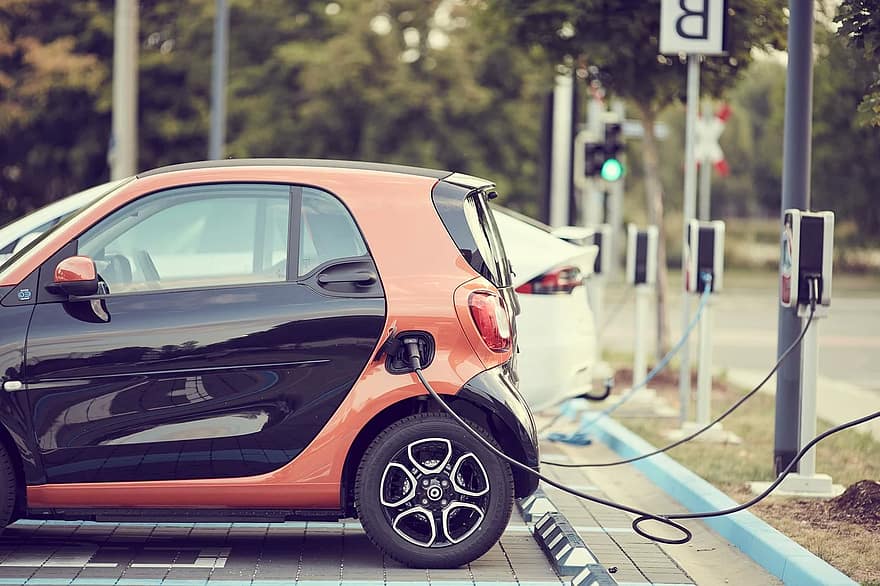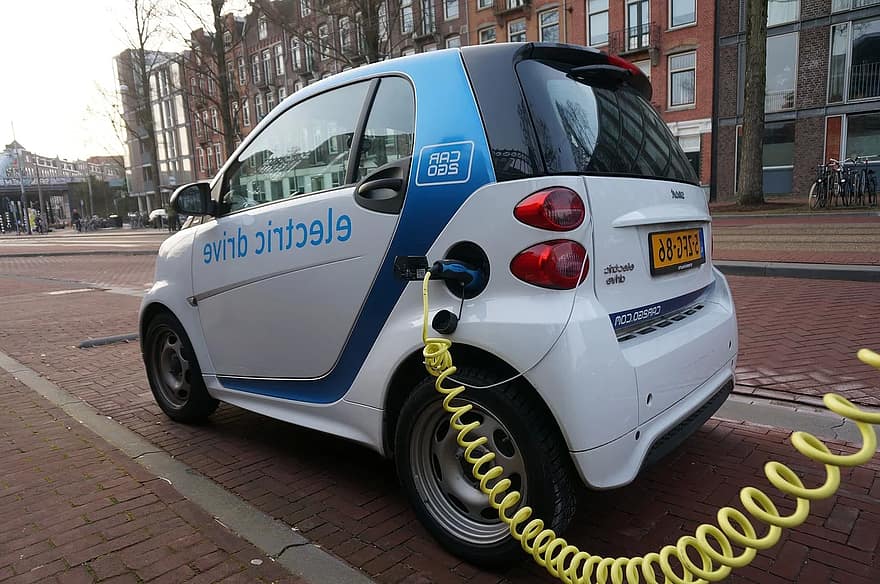Summary
– Maintenance of an electric car: the specifics
– How easy it is to maintain an electric vehicle
– Electric vehicle: fewer spare parts and cheaper overhauls
– The expert’s opinion
Maintenance of an electric vehicle: the specifics
The maintenance of an electric vehicle is just as necessary as that of a thermal vehicle.
It is carried out regularly, at a rate (recommended by the manufacturer) that varies according to the type of vehicle, its power, the driver’s driving style, and the number of kilometers traveled (or years).
The main difference with a traditional vehicle is the absence of a combustion engine, resulting in much less maintenance since the electric car does not use fuel. Maintenance is, therefore, greatly simplified.
Good to know: in the professional field and automotive-related organizations, electric vehicles are referred to as “EVs” (“HEVs” for hybrid cars).
How easy is it to maintain an electric vehicle?
As the electric motor is simple and has few moving parts, maintenance is reduced.
The number of parts is reduced to about ten, compared to a thousand for internal combustion vehicles, even though mechanical and aesthetic elements present on combustion vehicles are found in electric cars.
Motorization
There are some differences: the oil change (oil) disappears since the electric motor does not require lubrication; the engine requires less maintenance than the internal combustion engine since it is much less subject to temperature variations; there is no exhaust pipe either, so it is a load less in the overhaul.
Powering an electric car
The battery is the essential element of the electric motor.
It is rechargeable and lasts more or less long, depending on the technology used.
Batteries, a field where evolution is constant, require little maintenance, and their autonomy between two charges is constantly improving. Their lifespan is getting longer and longer: from 3 to 10 years.
Charging – starting

The problem is entirely different from thermal cars: no need for a starter since the electric motor is directly powered; as for the load, it is an electric module called a converter, which ensures the power supply and the load of the whole servitude part powered by 12 volts. Therefore, there are no mechanical moving parts that can cause wear (alternator brushes, belts, bearings, etc.).
Chassis
The chassis represents the suspension, steering, braking, and transmission part; maintenance is similar to a combustion vehicle. Even if the brakes are much less stressed, the pads and discs wear much less quickly (50% less wear).
The shock absorbers are identical to those of a combustion vehicle; therefore, the maintenance is also similar.
On the other hand: as the electric motor has a range of use from idling to maximum speed, there is no need for a gearbox as in the internal combustion vehicle and therefore no maintenance at this level.
Electric vehicle: fewer spare parts and cheaper overhauls
There are fewer spare parts on an electric vehicle. Batteries entirely managed by electronics, which have a longer and longer autonomy, are cheaper and cheaper and can be rented by dealers.
Therefore, the time spent on an electric car is less than on a thermal or hybrid vehicle. The price of maintenance is 30 to 40% lower.
A specific technology with trained professionals
As with any vehicle, the electric car is under warranty for some years. It is necessary to ensure that the revisions recommended by the car manufacturer are correctly carried out to benefit from this warranty.
However, an electric car is technologically advanced, and maintenance is carried out at high voltage (400 to 700 volts).
The professional you will choose must be trained in certain rather dangerous operations and must have adapted equipment. He must have all the electrical qualifications to be able to work on it. So do not hesitate to inquire about his technical capabilities.
Good to know: the voltages present in an electric car are high (400 volts continuously); it is therefore strongly advised against intervening yourself on your vehicle or entrusting it to an untrained third party, as the risks of electrocution are high.
Maintenance of an electric car and authorization
Professionals working on EVs must be qualified; to do so, they must undergo specific training. This qualification is subject to periodic retraining.
The expert’s opinion
The technology of electric cars, which is still sometimes poorly understood, can generate some concerns, particularly concerning maintenance. But in fact, the maintenance of an electric vehicle is generally more straightforward and less expensive! Fewer parts, less wear and tear, and an electric car’s maintenance are less heavy than those of an internal combustion vehicle.


3 comments
[…] How Easy It Is to Maintain an Electric Vehicle […]
[…] How Easy It Is to Maintain an Electric Vehicle […]
[…] How Easy It Is to Maintain an Electric Vehicle […]